We already had all the relevant information about the Ryzen 6000 for mobile use at CES, but AMD has now added some more details. Zen3+ features the improved Zen 3 cores with up to 5 GHz clock and a new RDNA 2 graphics with a targeted doubling of performance. The whole thing is manufactured in TSMC’s N6 and also features a completely new platform with DDR5/LPDDR5 support as well as USB 4.0. Figuratively speaking: with Rembrandt you paint yourself a new future.
But what actually is Zen 3+? We see an optimized version of the known cores, which is designed for even more efficiency and is therefore only installed in the notebook in this form for now. AMD’s new Power Management Framework (PMF) adds to this. I have also exported all relevant slides for you, there is enough illustration and explanation in detail, which also includes the many changes including new instructions in this area. But for efficiency, you also need additional sleep modes for the CPU. The technical rest of Zen3+ to Zen 3 is then largely identical, because the maximum of eight cores is still available for the APUs and the combined L2 and L3 cache is up to 20 MBytes as usual. You are welcome to read through all of this again in the original:
AMD also significantly upgrades the platform with Ryzen 6000 Mobile. PCI Express 4.0 is not only used for SSDs but also for graphics cards. USB 4 (instead of Thunderbolt 4) with up to 40 Gbit/s is also on board. Unlike Intel, the memory support no longer relies on DDR4, but offers everyone between DDR5-4800 as an entry-level up to LPDDR5-6400 for OC systems. AV1 decoding via hardware is of course set and security is further improved. Microsoft Pluton is now also represented as a security processor for the first time.
In the meantime, it also took what felt like eternities for the Vega architecture to finally get a potent successor in the notebook segment. In the meantime, Vega already had the status of an undead, so the change was long overdue. RDNA is logically skipped directly and RDNA 2 is used instead. In addition, there are also 12 CUs again with the new Rembrandt APU, which naturally sells better. DXR support included.
TSMC’s N6 process also allows an even higher clock for the integrated GPU. Because the up to 2.4 GHz is also a new top value for a mobile, integrated solution. Unfortunately, the Infinity Cache does not exist (probably also due to space). This will definitely depress the performance, since the very similar RX 6300M for dedicated notebook solutions at least has 8 MB Infinity Cache and also supports GDDR6. This is accompanied by a new nomenclature, as the RDNA-2 variants with 12 CUs are marketed as Radeon 680M, while those with 6 CUs are marketed as Radeon 660M.
AMD sees the iGPU in a quite optimistic light, especially for gaming, and they feel quite well positioned:
Thanks to half more CUs, significantly more clock and a completely new architecture, you can basically assume a doubling of the iGPU’s performance in many areas, which is also seen for many application fields where the interaction of CPU and iGPU often matters in total. Based on the current framework conditions and the targeted performance, AMD expects a decent push, which should be expressed in a lot of new notebooks. Most announcements from the manufacturers report larger delivery volumes from March 2022, but the Pro offshoots will probably be released much later, since AMD is unfortunately still keeping a low profile in this regard.













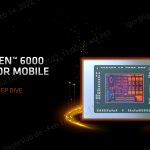
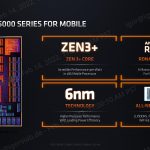
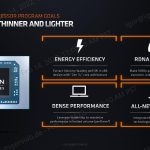
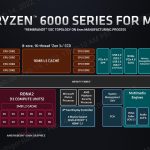
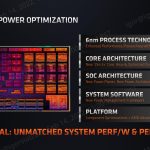
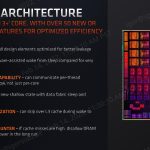
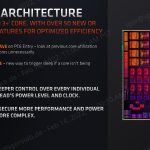

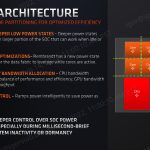




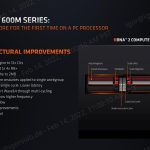
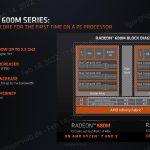
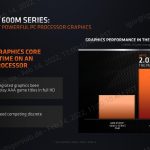

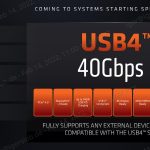
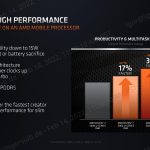

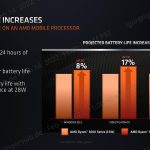
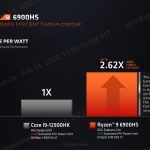
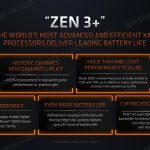



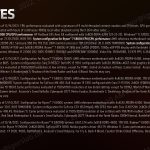



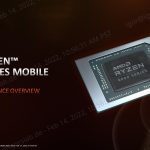

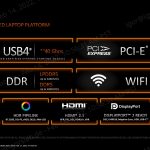


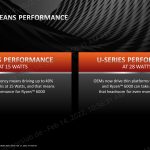

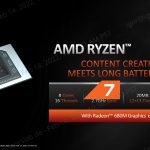




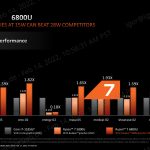





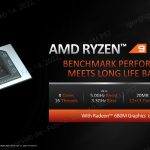

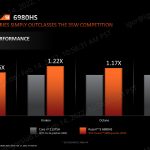


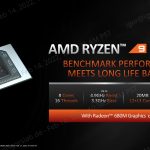
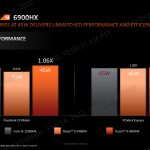
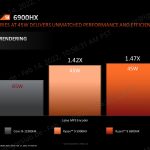

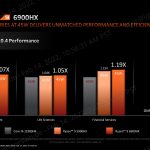

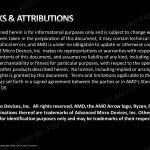





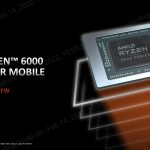




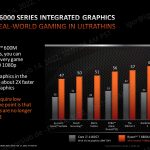

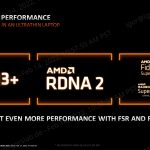

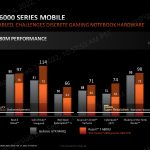
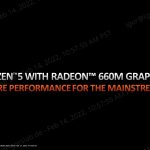
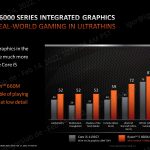




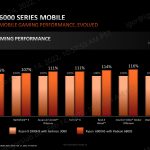



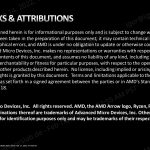























12 Antworten
Kommentar
Lade neue Kommentare
Urgestein
Mitglied
1
Urgestein
Urgestein
Veteran
Mitglied
Urgestein
Veteran
Urgestein
Urgestein
Urgestein
Alle Kommentare lesen unter igor´sLAB Community →